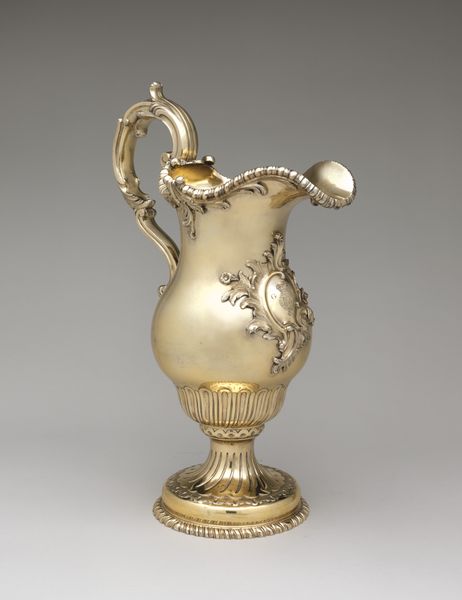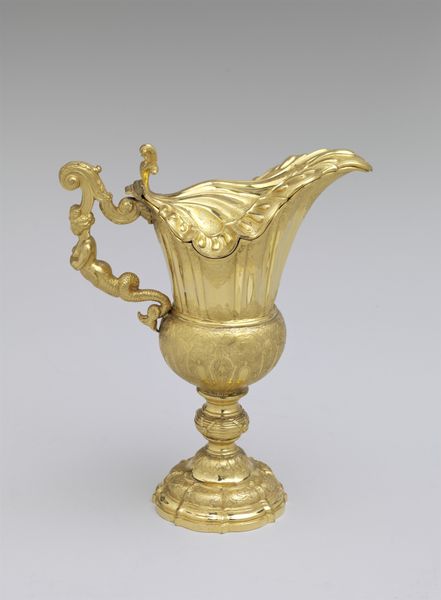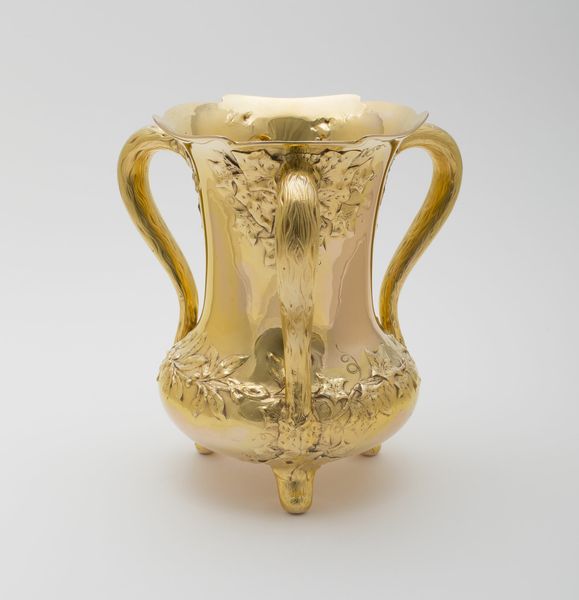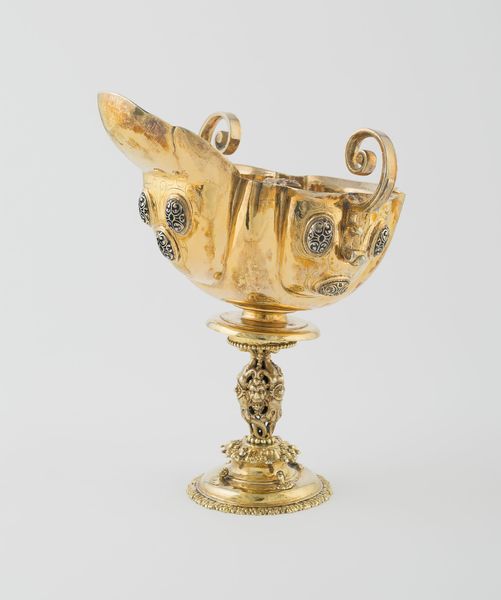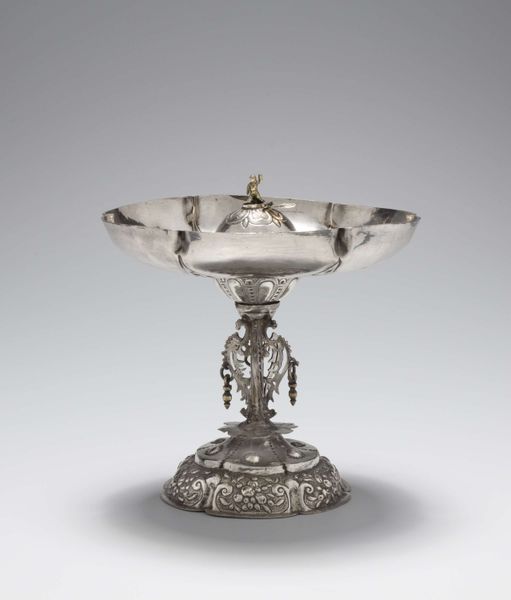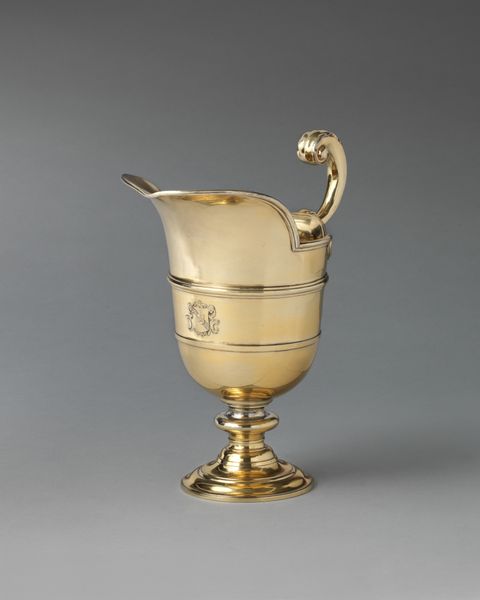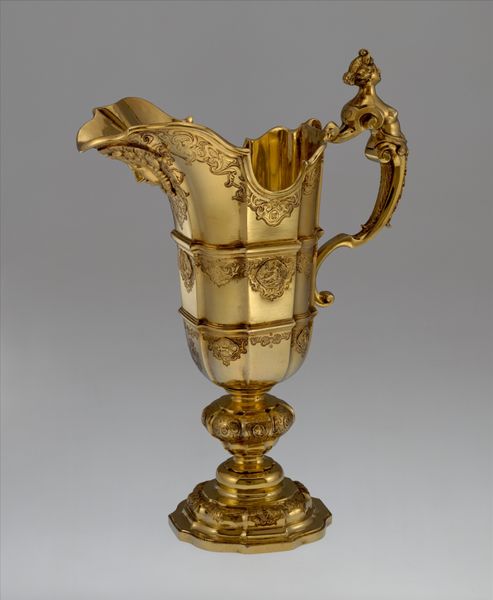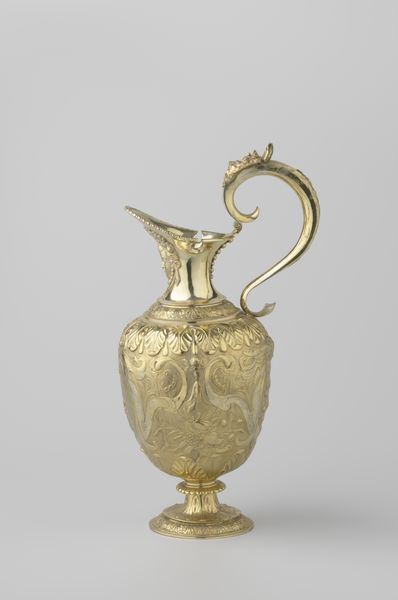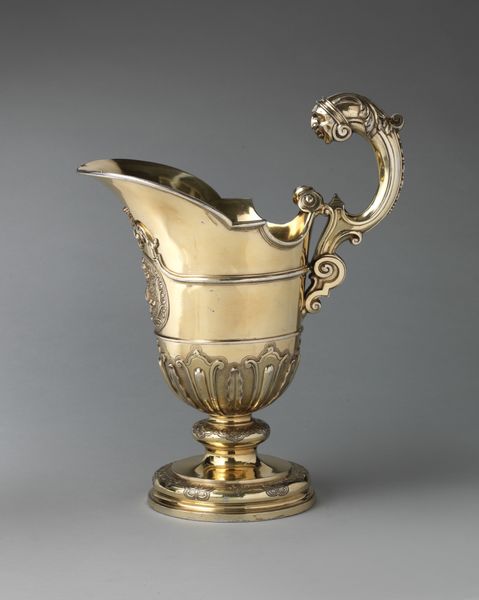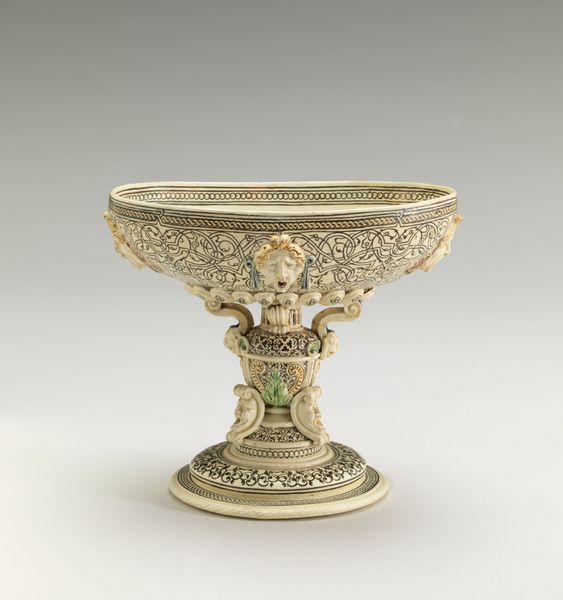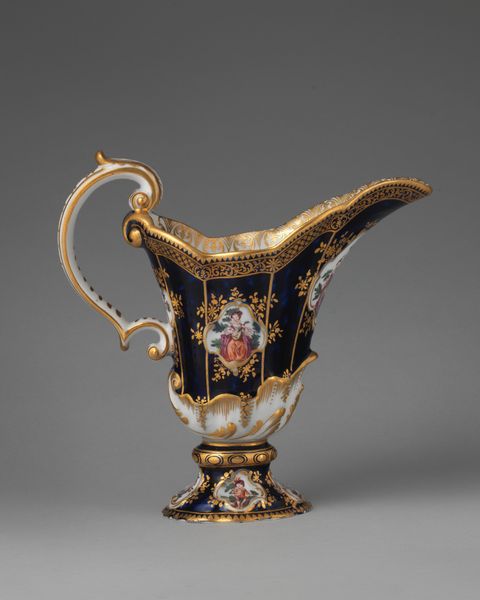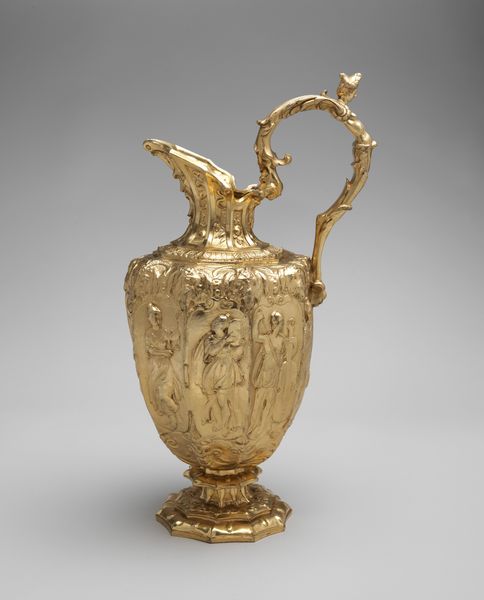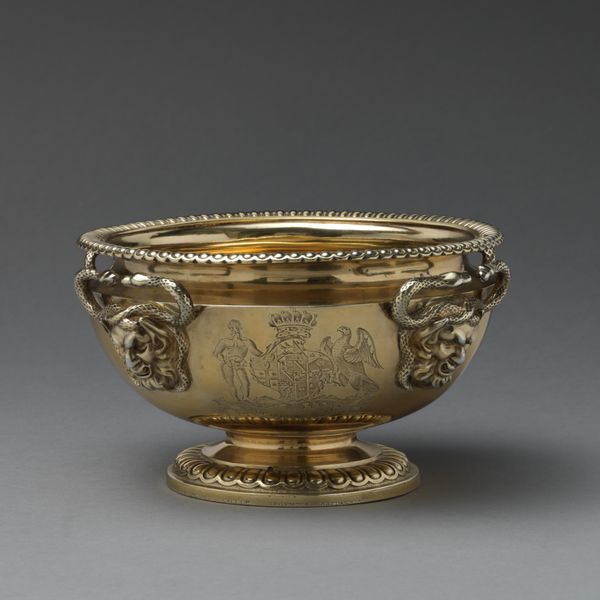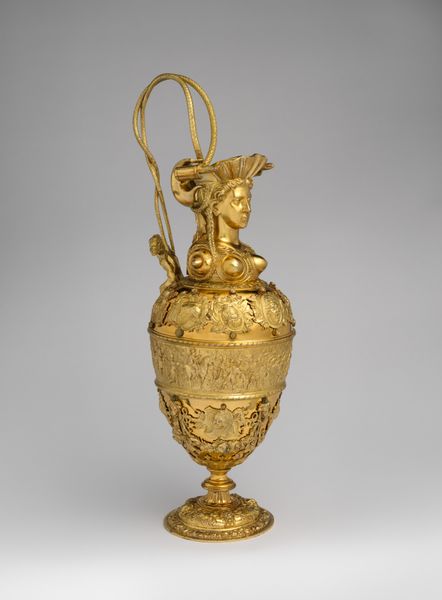
ceramic, porcelain, sculpture
#
art-nouveau
#
ceramic
#
porcelain
#
sculpture
#
decorative-art
Dimensions: confirmed: 8 7/8 × 5 1/8 × 4 5/8 in., 1.8 lb. (22.5 × 13 × 11.7 cm, 800g)
Copyright: Public Domain
Editor: Here we have a gorgeous "Vase in the Form of a Lotus" made of porcelain by Moore Brothers, dating from between 1880 and 1891. I'm struck by its fragility, and how meticulously detailed it is. It feels so refined, like it was made for a palace. What draws your attention most to this piece? Curator: What immediately interests me is this object's participation in the Victorian era's fascination with the exotic. Consider the cultural context: this was a time of intense imperial expansion. Pieces like this, with their idealized natural forms, became markers of status, indicating both wealth and "good taste." The lotus itself is heavily symbolic across many Eastern cultures, further imbuing the object with loaded meanings. Editor: So, it's more than just a pretty vase. Were these "exotic" forms often accurate representations of, say, actual lotus flowers? Curator: Accuracy wasn't necessarily the goal. The lotus serves as a European interpretation and stylization of the flower, mediated through the lens of empire. This piece would have likely sat within a collection of other, similar items. Where would such a vase be displayed? Editor: Probably in a parlor or drawing room, amongst other treasured objects. Curator: Exactly. And what does displaying this particular object communicate to visitors? This is a physical manifestation of empire in the domestic sphere, it speaks of a worldview. It presents an aesthetic ideal deeply intertwined with politics. Editor: I see now that the vase isn't just a beautiful decorative object. It is a symbol of something greater: wealth, status, and even a certain kind of political power. Curator: Precisely. And that awareness fundamentally alters how we "see" the piece and interact with it in a contemporary museum setting. We must be critical and acknowledge that objects have a social and political life that extends beyond aesthetics.
Comments
No comments
Be the first to comment and join the conversation on the ultimate creative platform.
